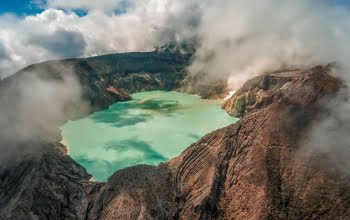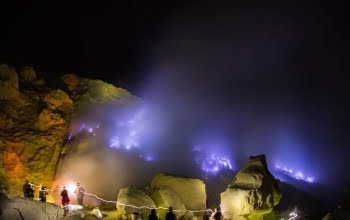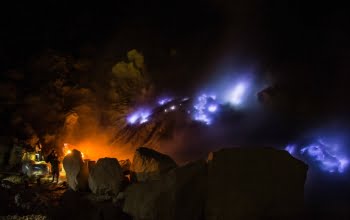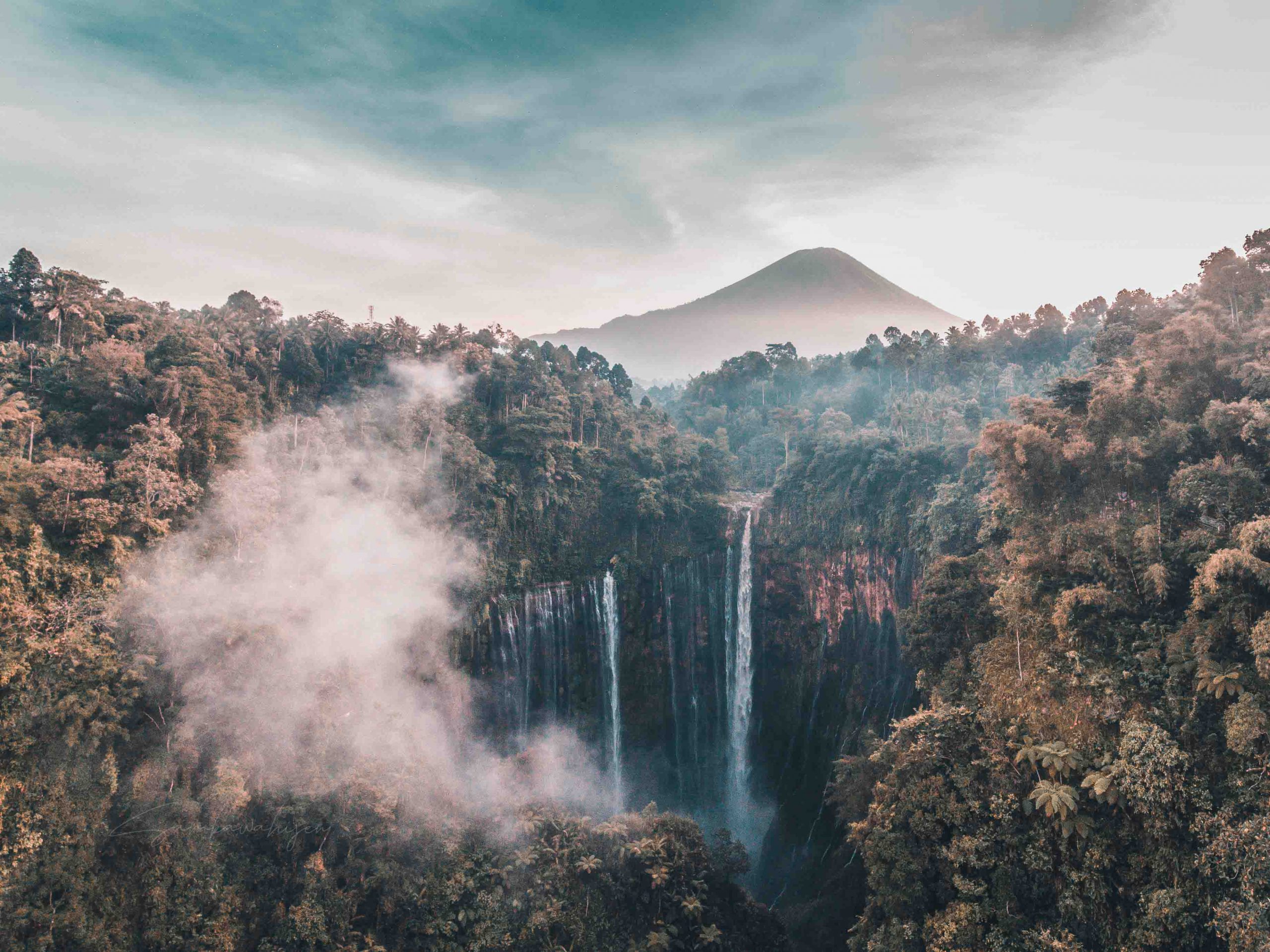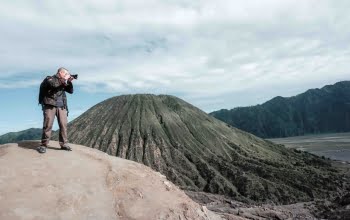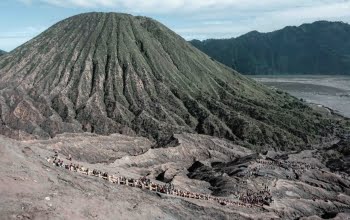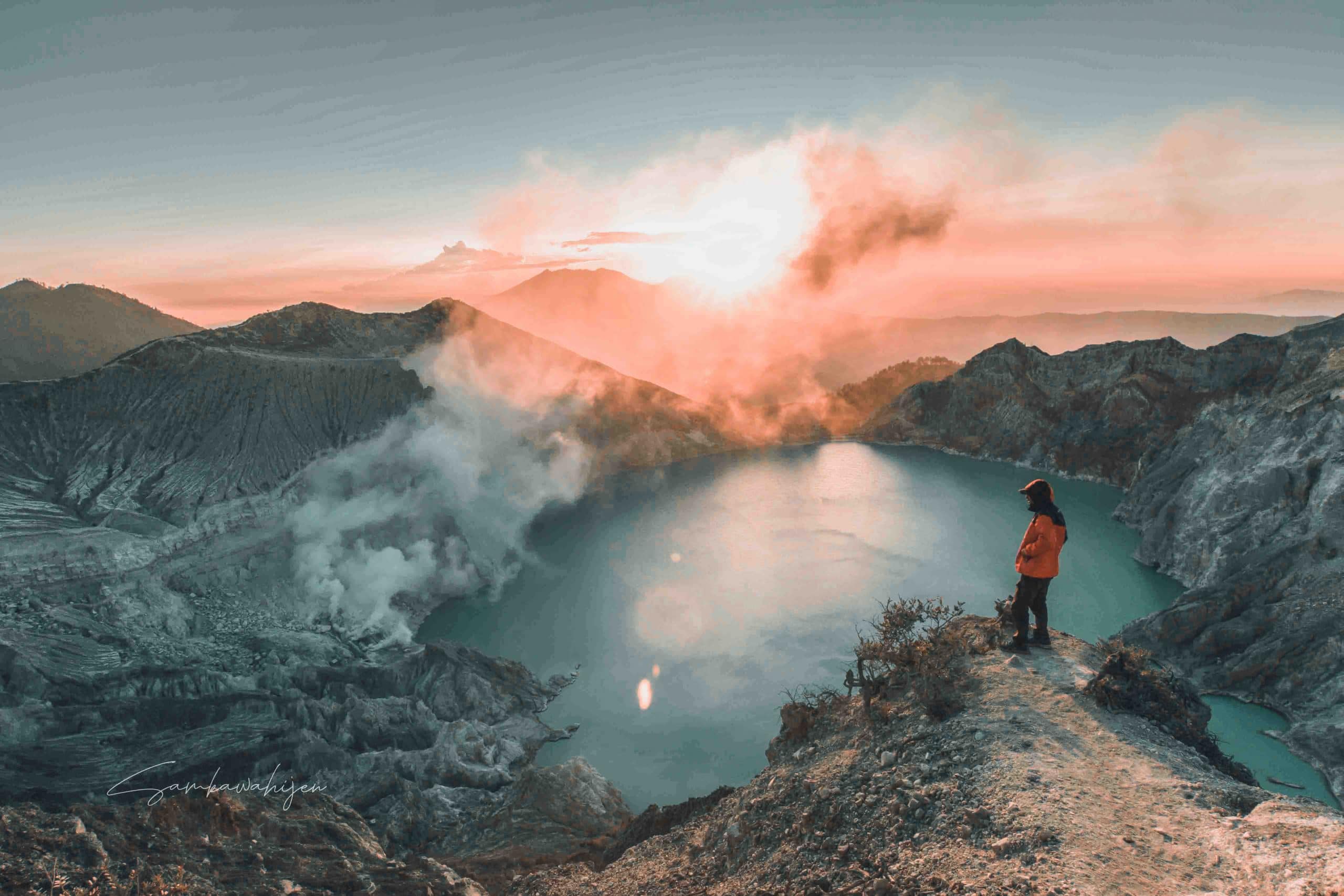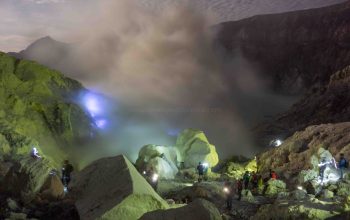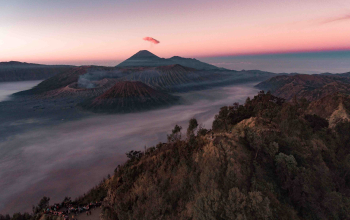Kawah Ijen Indonesia (2386m) stratovolcano is located within the eastern neighborhood of Java Island. the very best of the Ijen volcano is characterized by a very acidic crater lake containing 27.5 million m³ of turquoise-colored water. This lake is the most important reservoir of hot and acidic water on Earth.
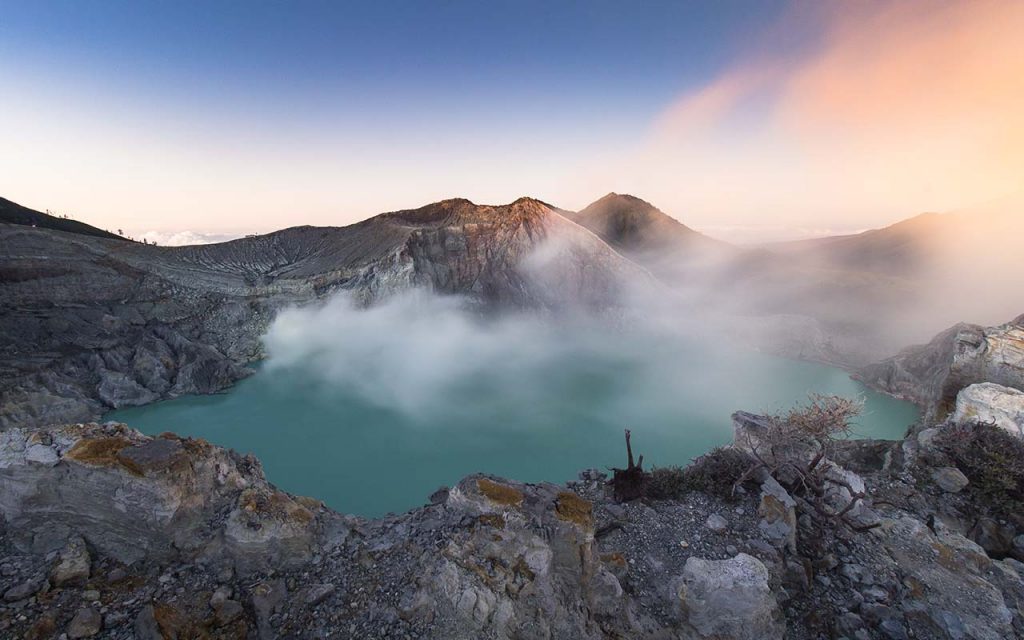
On the southern neighbourhood of the lake, fumaroles are ejecting many sulfurs each day. At night, this site is one of the only spots on Earth where it’s possible to see blue fires.

This is due to extremely popular gas coming from the volcanic conduits burning the sulfur, which ends up in extremely beautiful scenery. On the western neighborhood of the crater, a dam was built hundred years ago upstream of the Banyu Pahit river.
The water within the crater lake features a pH of not up to 0.3 on a scale of 0 to 14 (7 is neutral). For comparison, juice features a pH of 2; battery acid features a pH of 1. That acidity affects the chemistry of nearby river ecosystems, including the river Banyupahit.
Originating at the lake, the Banyupahit delivers acidic water to populated areas downstream. according to a 2005 research paper, the river water that local farmers use to irrigate crops features a pH between 2.5 and 3.5. the normal range for stream water, according to the U.S. Geological Survey, is between about 6 and eight. ( read earth observatory. nasa.gov )
Kawah Ijen Indonesia Location
Kawah Ijen is a composite volcano located at the easternmost part of Java island in Indonesia and hosts the largest natural acidic lake in the world. The border between Banyuwangi Regency and Bondowoso Regency, Java, Indonesia, Mountain type is Stratovolcano.

Kawah Ijen Indonesia | eruption
The volcano remains active. The last magmatic eruption occurred in 1817. Phreatic eruptions occurred in 1796, 1917, 1936, 1950, 1952, 1993, 1994, 1999, 2000, 2001, and 2002. These have caused very little damage but present a danger to anyone mining sulfur or visiting the caldera.
Sulfur mining at Kawah Ijen Indonesia
The sulfur, which is deep red in color when molten, pours slowly from the ends of these pipes and pools on the ground, turning bright yellow as it cools. The miners break the cooled material into large pieces and carry it away in baskets. Miners carry loads ranging from 75 to 90 kilograms (165 to 198 lb), up 300 meters (980 ft) to the crater rim, with a gradient of 45 to 60 degrees, and then 3 kilometers (1.9 mi) down the mountain for weighing. Most miners make this journey twice a day.
A nearby sulfur refinery pays the miners by the weight of sulfur transported; as of September 2010, the typical daily earnings were equivalent to approximately $13 US. The miners often receive insufficient protection while working around the volcano and complain of numerous respiratory afflictions. There are 200 miners, who extract 14 tons per day – about 20% of the continuous daily deposit.
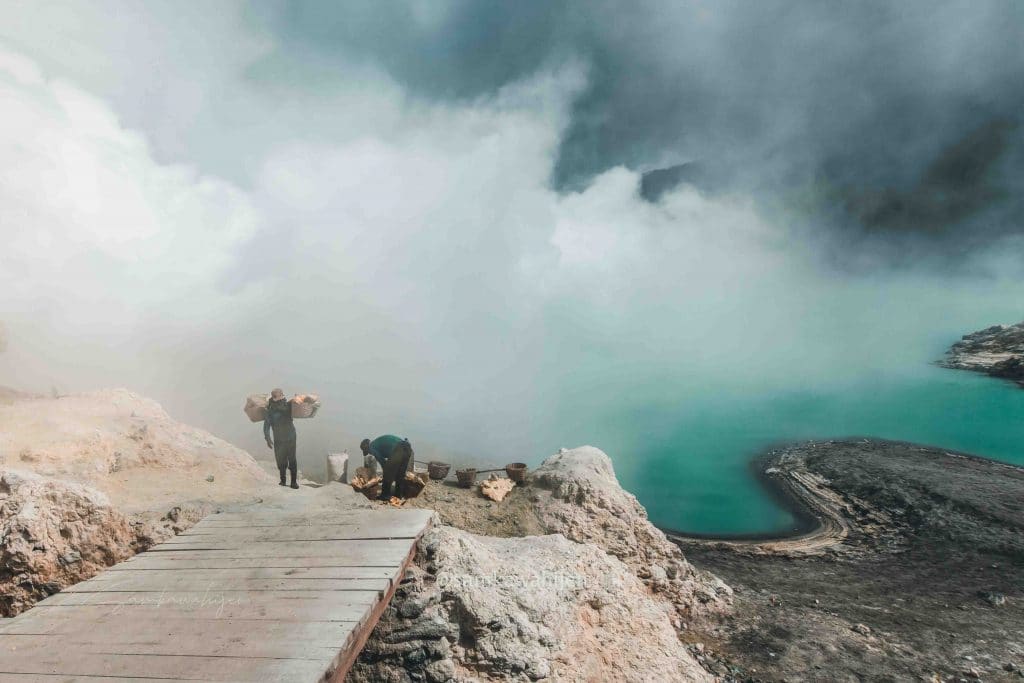
Blue Fire
As with every natural sighting, its height and intensity depend on various conditions and cannot be predicted. The flames have been known to reach more than 5 meters in height but this is not always the case. No matter what, it is always a unique experience and you are guaranteed to get some pretty amazing photographs!

For more information about the Kawah Ijen volcano, let’s Contact us
[wpforms id=”715″]

